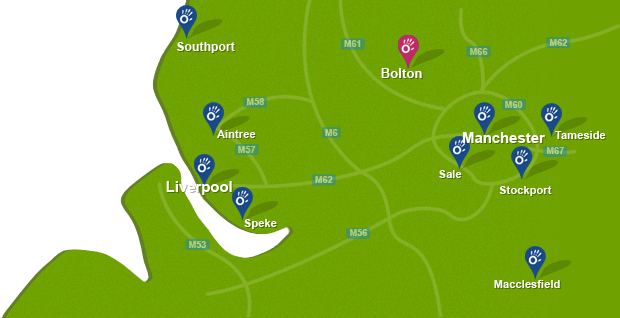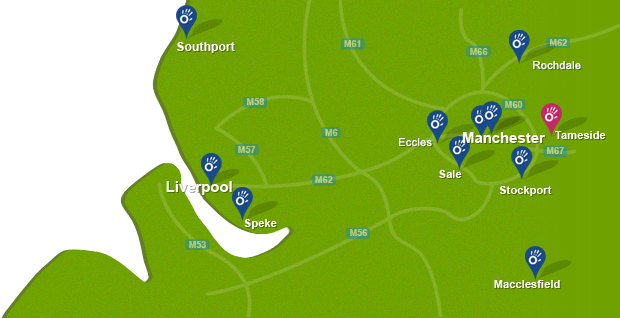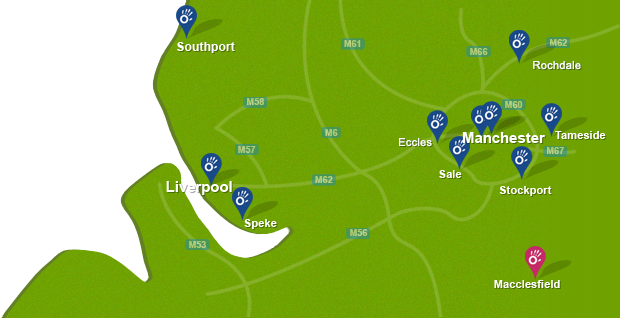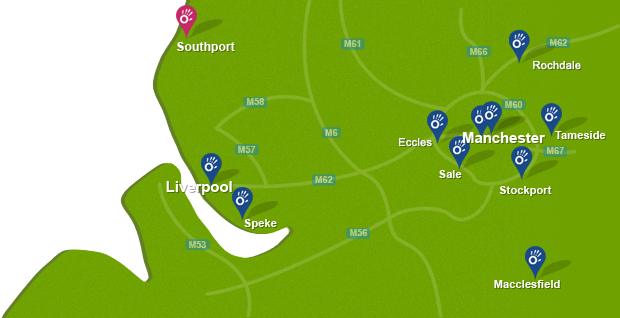What is AC joint dislocation?
Acromio-clavicular (AC) joint dislocation is when the joint between the clavicle (collar bone) and acromian (shoulder blade) becomes displaced or misaligned due to damage to the ligaments that join the two bones.
What causes AC joint dislocation?
This injury can be caused by falling on your shoulder, elbow or outstretched arm.
Types of AC joint dislocation?
AC joint dislocation is classified into different grades, depending on the amount of ligament damage. The types of AC joint dislocation include:
- Type I - This is only a mild sprain of the acromioclavicular ligament with an intact coracoclavicular ligament.
- Type II - This inloves a tear in the acromioclavicular ligament and may involve damage to the coracoclavicular ligaments.
- Type III - The acromioclavicular joint capsule and coracoclavicular ligaments are both torn.
- Type IV - This is a type III injury with avulsion of the coracoclavicular ligament from the clavicle, causing the clavicle to move posteriorly.
- Type V - This is type III but with more movement of the clavicle.
Diagnosis of AC joint dislocation?
Diagnosis of AC joint dislocation can be made by a physiotherapist following a physical examination.
What are the symptoms/effects of AC joint dislocation?
Symptoms include pain at the end of the collar bone or when you move your shoulder joint, especially with the arms above your shoulders. Dependent on how severe the injury is, you may experience some swelling and also feel a little bony lump where the collar bone sticks up.
Physiotherapy treatment for AC joint dislocation?
Physiotherapy treatment at Manchester Physio, will initially help to relieve your pain and swelling and improve your function and return to sports in the long term.
Your rehabilitation program at Manchester Physio will be tailored to you and depend on the severity or grade of the dislocation.
Manchester Physio provide comprehensive assessment and treatment for people with AC joint dislocation. People with undisplaced injuries will require physiotherapy for approximately 6 weeks. Major dislocations may require surgical stabilisation, in which case physiotherapy will be involved in promoting your recovery following your operation. A sling may be used initially after the injury to promote healing. Physiotherapy treatment is vital after your shoulder has been immobilised for a few weeks to get the arm moving effectively and return you to your sporting or everyday activities as soon as possible.
At Manchester Physio, physiotherapy treatment may include:
- Cold therapy to reduce swelling
- Taping to facilitate normal alignment of the shoulder
- Gradual range of movement exercises to prevent stiffness and restore joint flexibility
- Once pain free range of movement has been achieved a structured strengthening exercise program will be developed to strengthen muscles around the shoulder joint
- Joint mobilisation
- Soft tissue massage
- Sport specific exercises to start to introduce you back to the activities you enjoy safely and effectively
For more information about physiotherapy for shoulder problems, or to book an appointment please call 0161 883 0077.


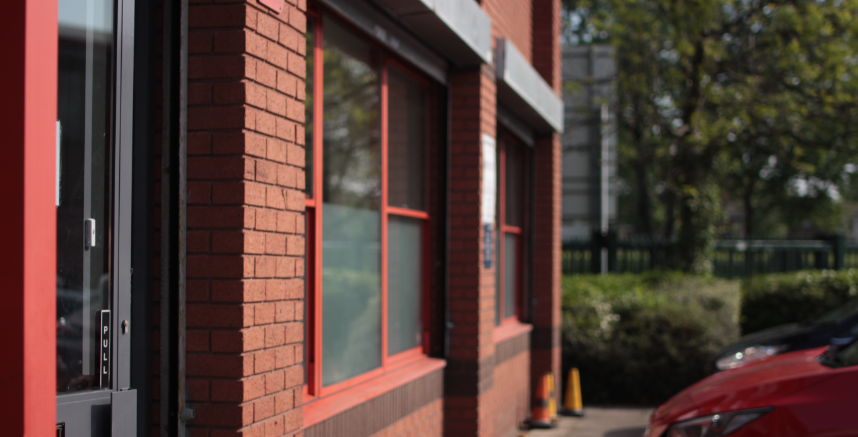
 0161 883 0077
0161 883 0077





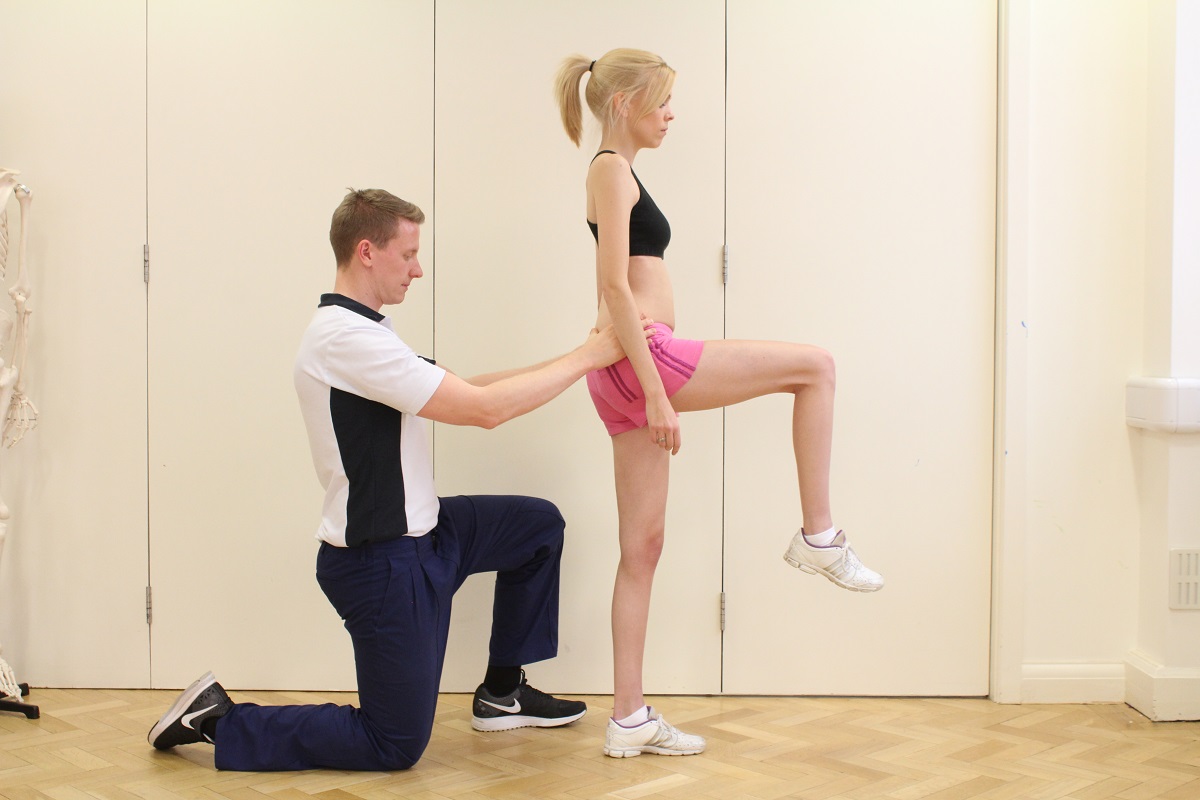
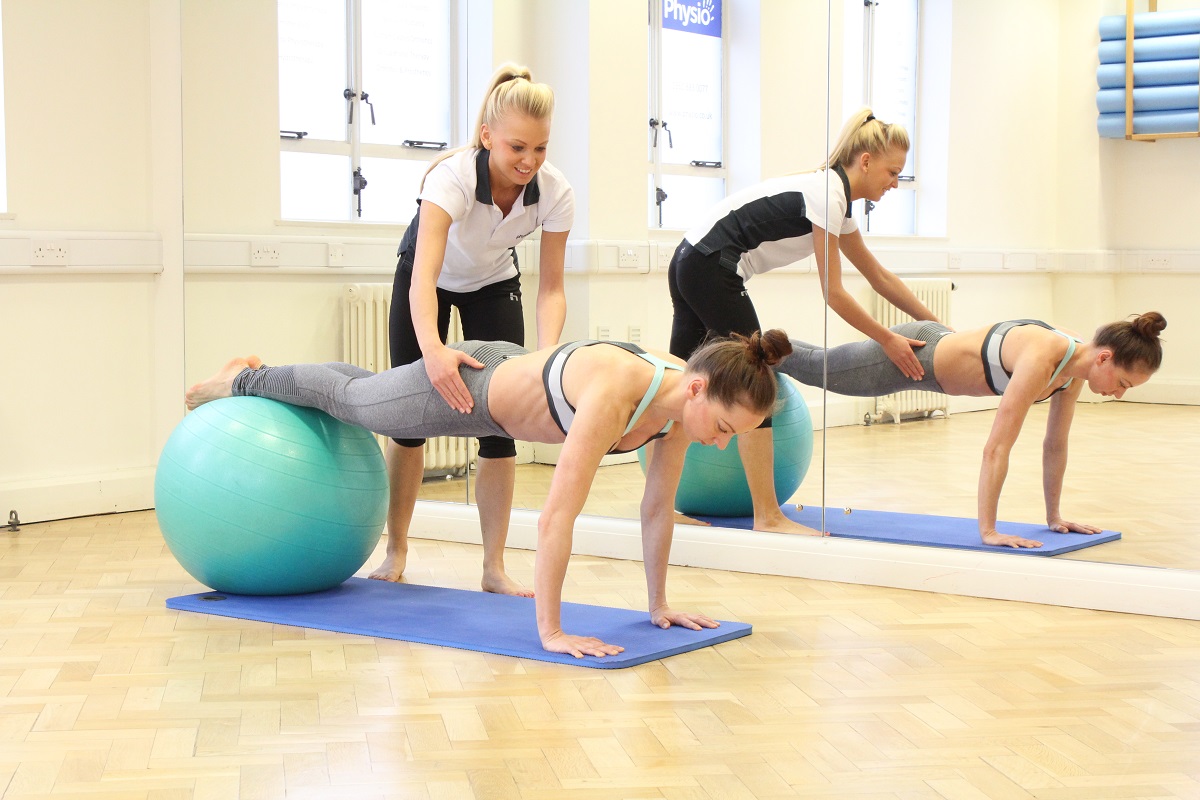
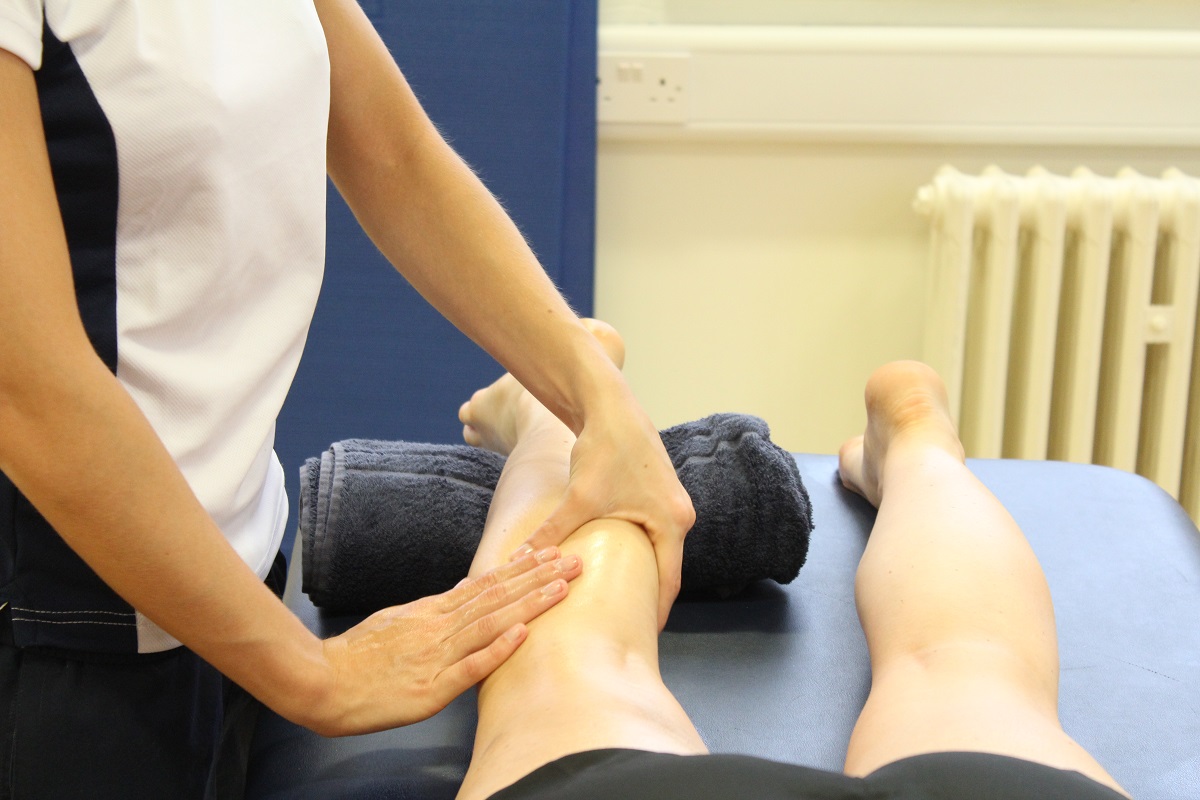

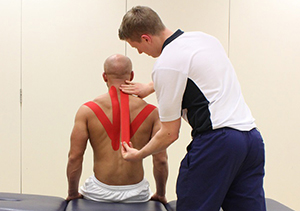

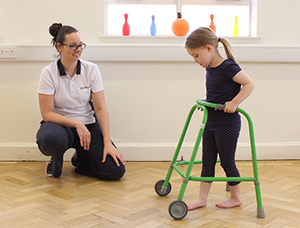
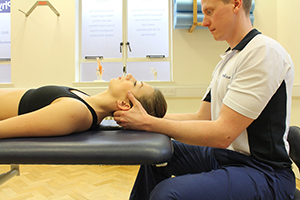


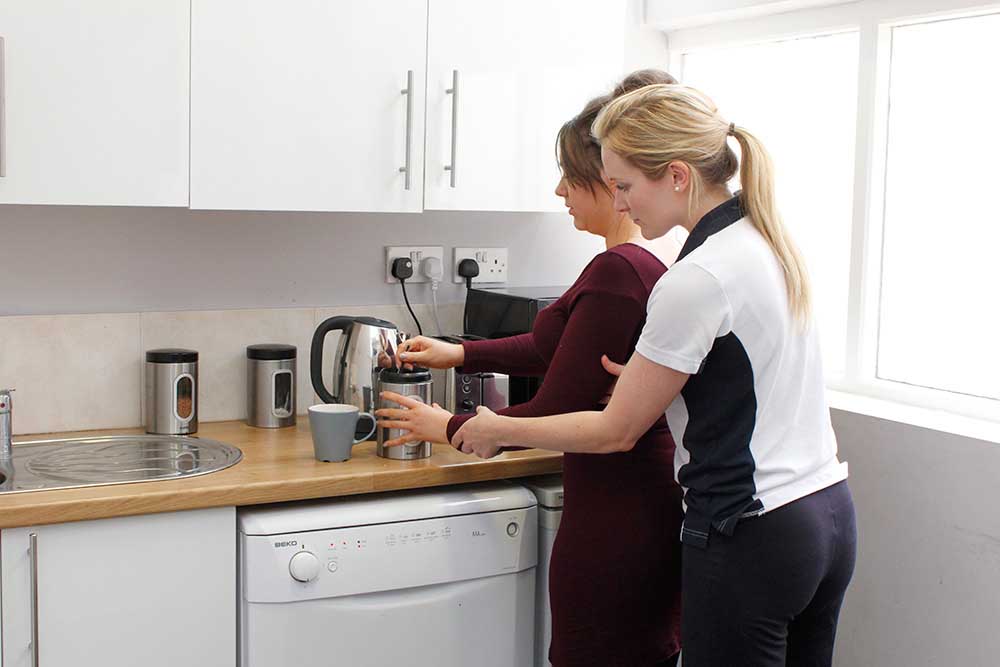
 Above: Gym ball assisted shoulder stretches under supervision of physiotherapist
Above: Gym ball assisted shoulder stretches under supervision of physiotherapist Above: Our skilled phyisiotherapists will help identify the cause of your shoulder pain.
Above: Our skilled phyisiotherapists will help identify the cause of your shoulder pain.


























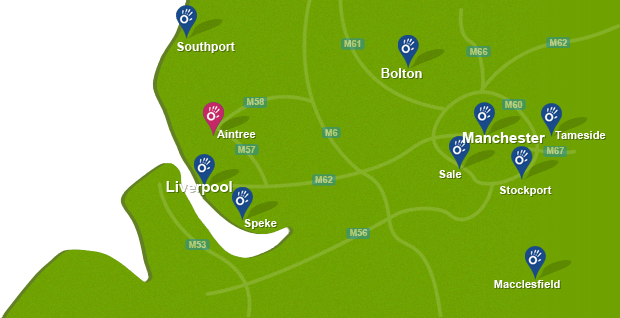

 f
f
